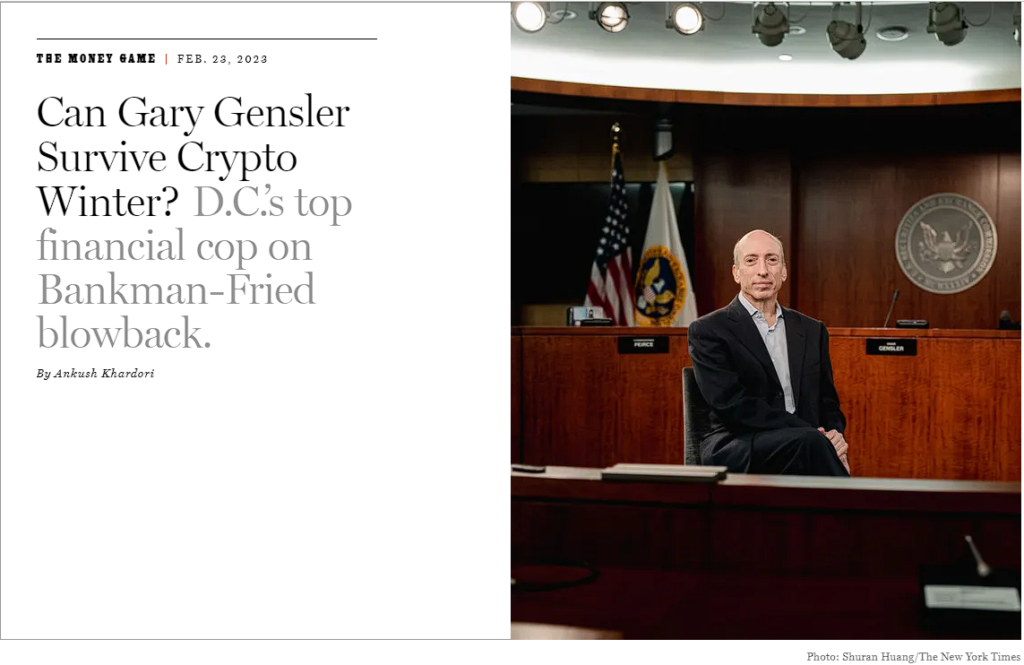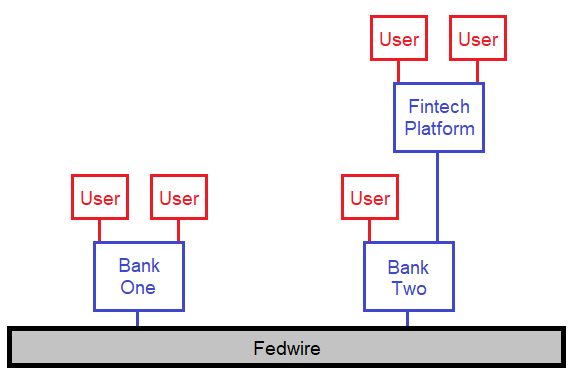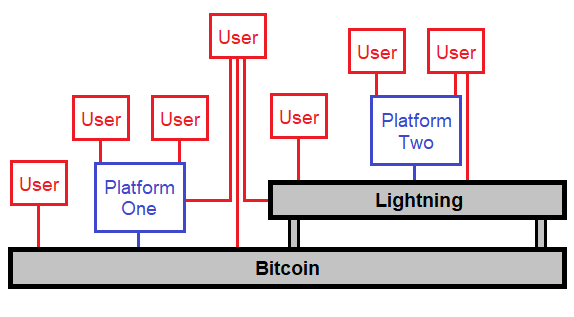Articles I’m Reading

Gary Gensler is the chairman of the U.S. Securities and Exchange Commission (SEC).
He’s been outspoken on crypto, in opposition to it, and has caught a lot of flak for it.

Lyn Alden’s latest public newsletter titled Implications of Open Monetary and Information Networks is a remarkably objective take on why open networks are superior to closed networks. Closed networks are controlled by a single entity, but open networks are more resilient and equitable.
Lyn provides examples of successful open networks, such as Bitcoin, and discusses the challenges that these networks face, including regulatory uncertainty and scalability issues.
Ultimately, open networks will continue to grow in importance and will fundamentally transform the way that people interact and do business.
Some notable quotes:
Meanwhile, over 86% of people (over 7.1 billion people) have a smartphone globally, and the percentage is rising quickly. The proliferation and exponential nature of technology has allowed smart phone usage to leapfrog banking access in many areas. Phone and mobile internet adoption is expected to continue to spread into poorer and poorer areas over the next five and ten years.
When we look at a closed monetary network such as the Federal Reserve system, it is strictly hierarchical. The underlying settlement networks, such as Fedwire, are only accessible to banks. To the extent that a user wants to make use of it, they can only do so indirectly, by being a customer at a bank or a fintech company that connects to a bank. To the extent that a fintech developer or a new bank figures out a way to make access to the network better, they can only do so with permission, by being granted access to a bank and following all regulations which vary by jurisdiction. The recent denial of Custodia Bank’s application is a recent example to show how permissioned and hierarchical the system is.

An open monetary network works differently. Users can directly access the network if they want to. Or they can go through larger platforms that make various trade-offs for the sake of convenience. Furthermore, people can directly interact with whatever part of the stack that suits their specific needs at a specific time, such as the base layer or software layers on top of it (e.g. Lightning). Any developer can create a new way to interface with it, or a new layer on top of it, and offer it into the global marketplace without waiting for an application to a centralized authority to be approved.

Quote I’m Pondering
“One controls his anger best when he is solution-oriented rather than problem-oriented.”
Jay Adams
Tweets I’m Reading
If you have feedback for me, if something resonates and you want to see more of it, reply in the comments below. You can also tweet at me on Twitter @the_cody_hall.
I look forward to hearing from you!
If you’re not yet subscribed you can do so below: